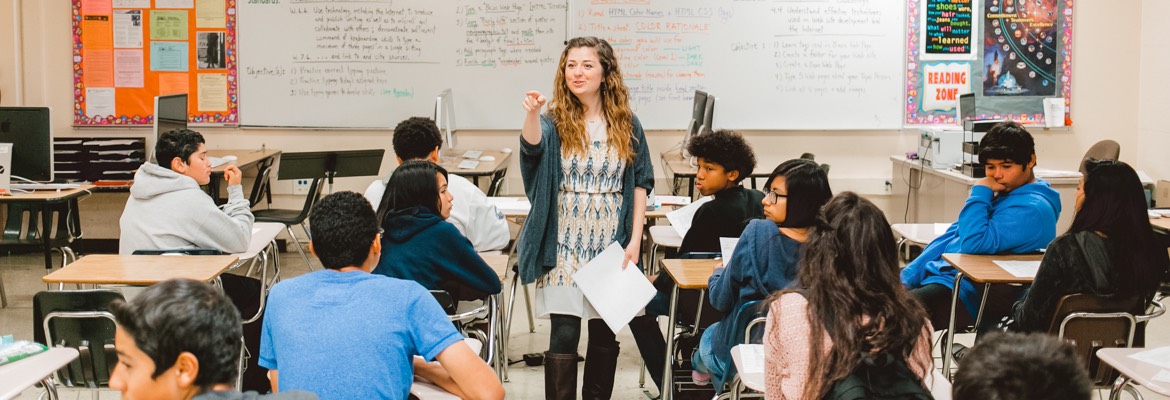
Teachers need to be more than just proficient in phonics in order to teach children reading. Children need to make meaning of print in order to read and write. It starts with a solid understanding of vocabulary. The process requires children to be able to read and recognize all words visually.
Develop phonological awareness
Phonemic awareness is an essential skill for learning to read. This skill allows students to manipulate, delete, and blend sounds within a word. This skill can be developed by using manipulatives (such as objects) to hear and reproduce sounds. Once a student is able to hear and identify these sounds, they should move on to words with digraphs and long vowels.
Sometimes, the ability to understand phonological information can make the difference between being a good or poor reader. You can teach phonological awareness using research-based instructional methods.
Oral language
Children learn to read best when they are read to. Reading to your child helps you teach them how to read. It also helps you develop vocabulary and conversation skills. This is a great way to reinforce skills by reading to your child each day. You can also use rhymes and songs to help your child learn the language.

Research shows that repeated exposure in a rich language environment can lead to successful communicators as well readers and writers. This is why parents should start teaching their children oral languages as early as possible. Talking to and reading to children is a good way to encourage them to engage with other adults. This is the third installment in this series. It will cover the benefits of reading and strategies for improving children's speech language skills.
Whole word approach
It is controversial to teach reading using a whole word approach. This method draws heavily upon constructivism and behaviorist learner theories. Although both approaches employ the same methods, they serve different purposes. B.F. Skinner is the Harvard psychologist who developed behaviorist learning theory, while Lev Vygotsky, a Russian psychologist, is known for constructivism.
The whole-word approach to learning how to read is designed to give children multiple methods to find words they don’t recognize. The whole word approach begins with breaking down the word into its parts. Second, students look at the pronunciation of each word and its place in a sentence.
The context of Phonics
Phonics is an important part of learning to read. According to the National Academy of Education's Becoming a Nation of Readers report, children who have learned phonics are more likely to recognize words. This report provides useful phonics strategies like teaching letters separately and then blending them to help children recognize words. The report states that children learn phonics best when they are able to practice the skills in real sentences.
The EYFS curriculum includes Phonics. It requires early-year practitioners to prepare children and their families for Key Stage 1. It encourages children to connect the sounds of words with their letters. The key learning outcomes are decoding regular words and reading aloud. Writing words that match their spoken sounds is also included.

Reading Eggs
Reading Eggs, an online program that helps children learn to read, is one of the best ways to do so. Reading Eggs is based on five pillars and allows students the opportunity to work through their reading skills one at a time. It is fun and engaging because it uses a game-like approach to learning. It is suitable for children aged seven to thirteen. You can test it for free to determine if it's right for you.
Learning to read is a complicated process. But a good program can help you quickly build your reading skills. Reading Eggs has an arcade that includes mobile-style games that encourage kids to engage with books. It also has an interactive area where kids can practice math facts. The app also features an avatar, which allows kids to personalize and decorate, and a quiz program that tests how much a child knows about a specific subject.
FAQ
What is the best time to spend on each semester studying?
The length of your studies will depend on several factors.
These factors are not the only ones. Some schools may also require you to take certain classes each year. This means you won't necessarily have the flexibility to take fewer courses in a given semester. Your advisor will tell you which courses are required for each semester.
What is the difference between college or school?
Schools are organized by grades or classes. Each teacher teaches a particular class. Colleges are larger institutions that offer more specialized programs and include many university-level courses. Schools usually focus on basic subjects while colleges may offer a variety of subjects including arts, science, languages, business, etc. Both levels have a curriculum that prepares students for higher education.
What does it mean to be a teacher in early childhood education?
A teacher in early childhood education must have specific training. Most states require applicants for teaching positions to have certification from the state board before they are allowed to work in public school.
Some states require teachers passing tests in math and reading.
Some states require teachers to hold a certain number of hours of coursework related to early childhood education.
Most states set minimum requirements for what a teacher should know. These requirements can differ from one state to another.
Statistics
- Among STEM majors, that number is 83.5 percent. (bostonreview.net)
- “Children of homeowners are 116% more likely to graduate from college than children of renters of the same age, race, and income. (habitatbroward.org)
- These institutions can vary according to different contexts.[83] (en.wikipedia.org)
- In most developed countries, a high proportion of the population (up to 50%) now enters higher education at some time in their lives. (en.wikipedia.org)
- Think of the rhetorical power of nineteenth-century abolitionist Harriet Beecher Stowe, Martin Luther King, Jr., or Occupy Wall Street activists with their rallying cry of “we are the 99 percent.” (bostonreview.net)
External Links
How To
Why homeschool?
When choosing whether to homeschool or send your child to school, there are several factors to consider.
-
What kind of education do your children need? Are you looking to develop social skills or academic excellence?
-
What degree of involvement would you prefer to have in your child’s education. Are you interested in keeping up with what your child does? Would you rather keep your child informed?
-
Are your children special? Is your child a special needs child?
-
Do you have the ability to manage your children's time? Do you have the time and commitment to teach your child at home each day?
-
What topics will you cover? Math, science, language arts, art, music, history, geography, etc. ?
-
What amount of money are you able to spend on your child's education?
-
Is your child old enough for school?
-
Your child will need a place to live. This means finding enough space to accommodate a classroom, and providing sufficient facilities such as bathrooms.
-
What is your child’s age?
-
When does your child go back to sleep?
-
When does he/she wake up?
-
What is the time it takes to get from point A and point B?
-
What distance is your child from school?
-
What distance is there between your home, and the school of your child?
-
How will your child get to and from school?
-
What are some of these benefits?
-
What are the drawbacks?
-
Who will supervise your child outdoors?
-
What are you expecting from your child's education?
-
What kind of discipline will you use?
-
What curriculum would you choose?
Homeschooling is a great option for many reasons. Some of them are:
-
Your child is unable to attend traditional schools because of learning disabilities.
-
You are looking for an alternative method of education for your child.
-
You desire more flexibility in scheduling.
-
You want to avoid paying high tuition fees.
-
You believe your child is receiving a better quality of education than he/she could receive in a traditional school environment.
-
You think you can teach your child better than the teacher in a traditional school setting.
-
You don’t like the way that schools work.
-
The school system's rules and regulations make you feel uncomfortable.
-
You want your child develop a strong work ethic.
-
You want to give your child the freedom to choose what courses you take.
-
You want your child to receive individual attention.
Another benefit of homeschooling is:
-
You don't need to worry about supplies, uniforms, books or pencils.
-
You have the option to customize your child’s education according their interests.
-
Parents can homeschool their children and spend time with them.
-
Students who have been homeschooled learn better because they're not distracted by peers.
-
Homeschoolers are more likely to score higher on standardized testing.
-
Homeschool families tend be happier overall.
-
Students who homeschool are less likely than others to drop out of school.